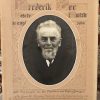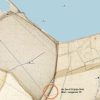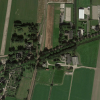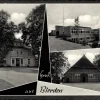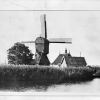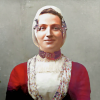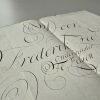In the early 1870’s, a discovery was made in the graveyard of Arbergen. A pair of gravestones from the mid 1600’s carried intriguing and unique markings, etched into the stone.
The graves belonged to Wubbecke Seekamp, buried in 1659, and Albert Seekamp, buried in 1668.
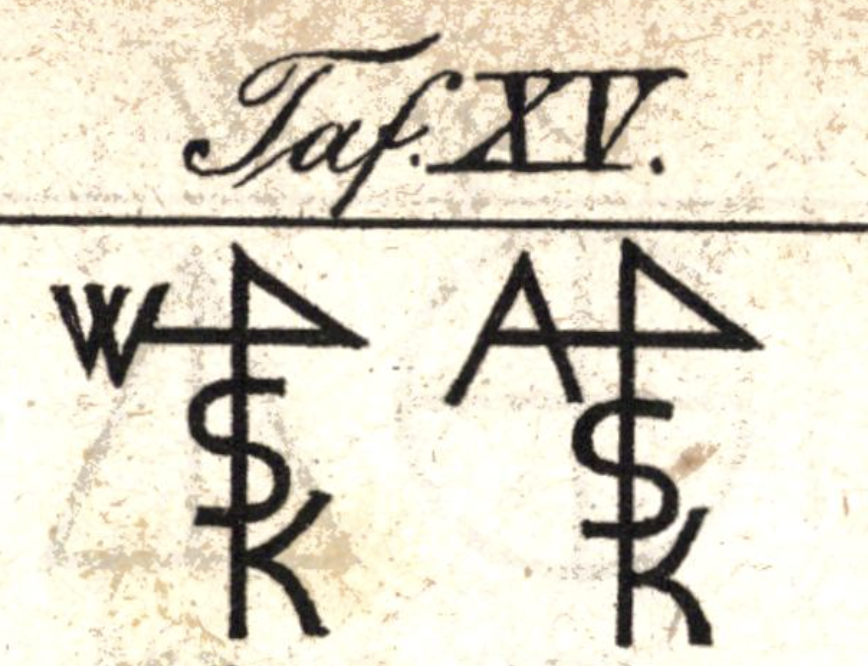
In nearby Achim, two more Seekamp gravestones were found to have similar marks. These belonged to Gesche Seekamp, buried in 1692 and Detmer Seekamp, buried in 1709.
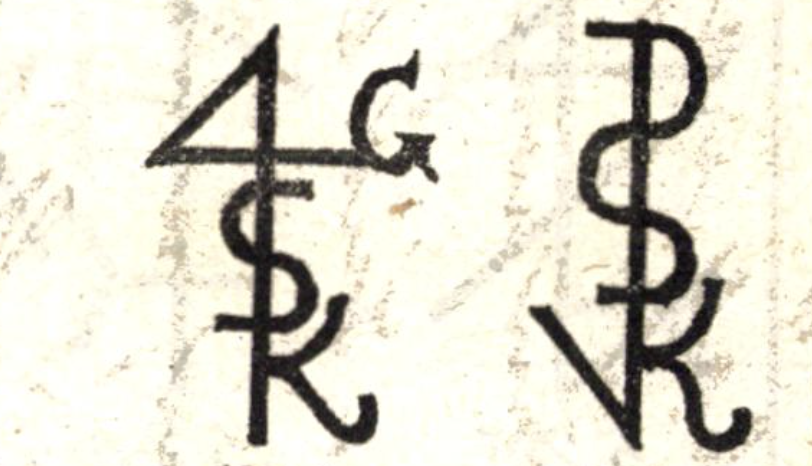
It was found that in the wider Bremen area, many more mysterious marks had been discovered. Such was the interest in the marks, that in 1872 a project was undertaken by the Bremen historical society [1] to catalogue and research what they meant. The results were published in the annual yearbook that year.
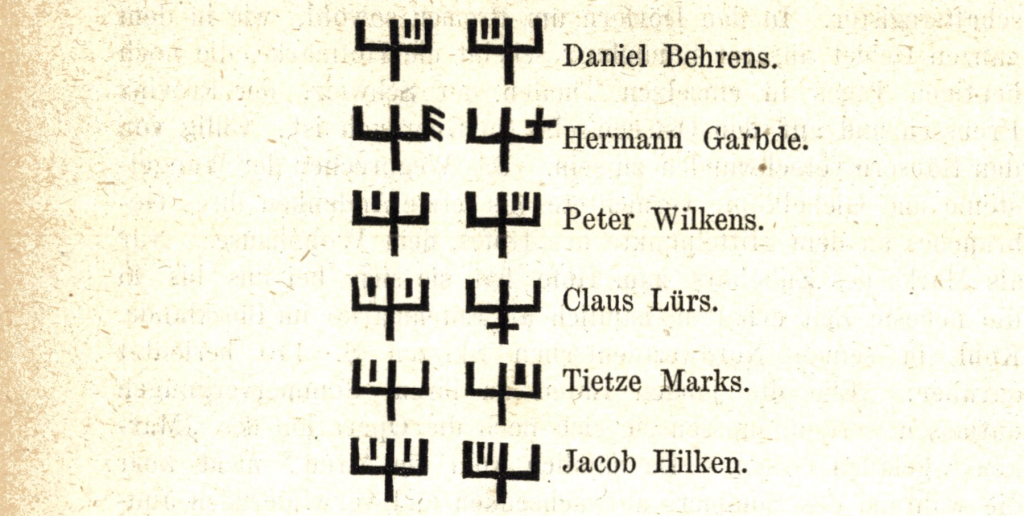
The project to decipher and understand these marks grew into a large undertaking. It was becomming evident that these markings were used as unique idenitifiers, not just on gravestones, but also on letters, legal documents, and as in the image above, to mark birds (in this case geese) owned by different landholders. The variety of symbols and styles was bewildering.
This series of markings, similar in style to the marks on the Seekamp graves, were found at the entranceways to different houses in Bremen.

It was clear that in the late Middle Ages, this practice was widespread. Marks identified property, personal posessions (even found on wardrobes), books, and to some extent, they identified personas – your mark was a representation of your identity.
It was also very common to place your mark on your last Will and Testament. This example is from the will of Berend Schrör in 1641, and it was drawn by hand. [2]
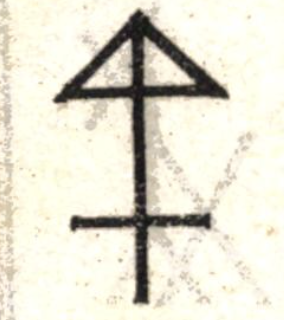
The earliest marks found in the Bremen project date back to 1250, and this series of marks were found between 1250 and 1362, primarily on Coats of Arms or Wappen. Even 400 years before the Seekamp gravestones were made, the markings are very similar.

Back to Wubbecke and Albert Seekamp. Can we identify this family? The parish church of Arbergen, St. Johannis [>], dates back to the 11th century, and was the focal point for baptisms, marriages, and burials throughout the early Seekamp period (1481-1700). The church was responsible for not just Arbergen, but also four other villages: Mahndorf, Uphusen, Bollen, and Hemelingen.
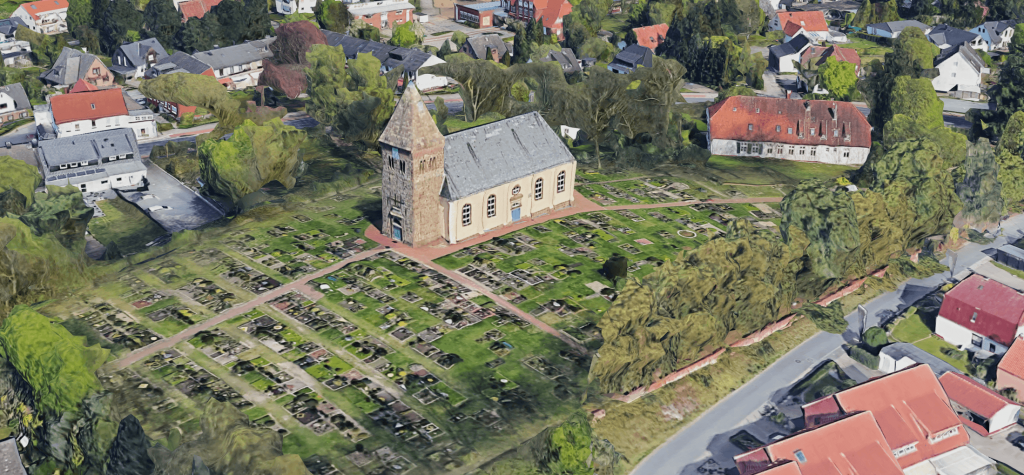
Since Uphusen and Bollen are the origins of the Seekamp family, this church was the destination for every baptism, marriage, and burial. Each year, the church records were divided between the different villages, as in this example from 1717 [3], which shows the 18 burials that took place that year. Under Bollen, on the 8th of March 1717, is listed Brunig Seekamp, who died aged 76. This is Bruno Zee‘s grandfather.
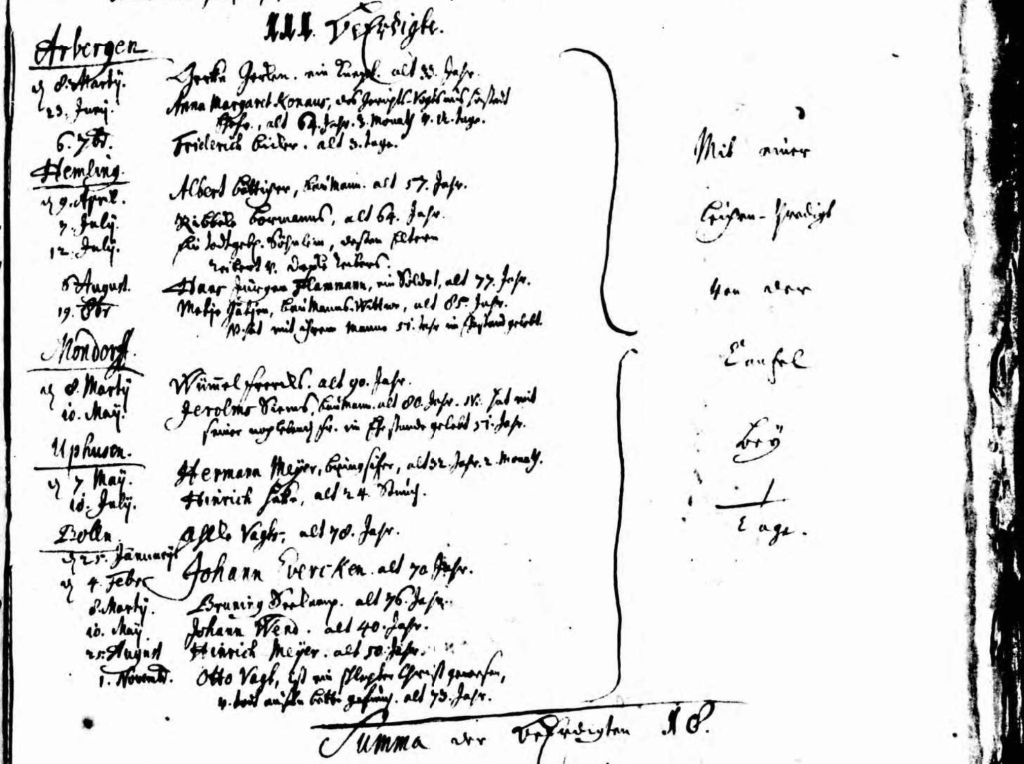
Wubbecke and Albert Seekamp were buried in Arbergen, but they could have come from any of the five villages. The OFB for Arbergen, compiled by Heinz Früchtenicht, should give us further information.
But it doesn’t – neither are listed. This must mean that they came from one of the other villages. The most likely is Uphusen, given the concentration of Seekamps there in the 1600’s. So, let’s check out the OFB for Uphusen. Hmm. No match there either. That leaves Bollen, Mahndorf, and Hemelingen. No matches in Bollen. Only in Mahndorf can we find a Wubbecke and Albert Seekamp – but the dates don’t quite line up. This couple died in 1675 and 1683 respectively. So, more research is required here to identify the owners of the gravestones.
The author of the research into the marks around Bremen was Albrecht Poppe. At the time of publication (1872), he found that the house marks, which used to be common in the villages surrounding the city, had completely fallen out of use. They could however still be found in Switzerland, Prussia, and the Ostseeinseln.
He gives some explanation of the history and use of the different types of marks [1]. Originally, the marks were straight-lined geometric shapes which served as symbols to represent a person and their belongings. The earliest stem from the Binderunen, Norse and Viking symbols with a perpendicular straight line as the fulcrum, with a variety of lines eminating from it to create individual characters, which corresponded to sounds and meanings. There are a variety of Rune alphabets.
Some of these match the marks found on the Seekamp graves, and give rise to the question of whether the grave markings are simply lines connecting the roman letters in an artistic way, or whether there is deeper meaning in the symbols. A common Rune was the ‘letter’ ᛚ – lagu.

It appears in Anglo-Saxon runes (5th to 11th centuries), “Marcomannic runes” (8th to 9th centuries), and Medieval runes (12th to 15th centuries), and carried a meaning: “Lake”. In the four Seekamp grave symbols shown above, the lagu letter can be found in all of them – in differing orientations.

Determining whether this is coincidence or not requires closer research, but it’s interesting to think that just perhaps, these Seekamp grave symbols reflected the origin of the Seekamp name, at the lake of Clüverswerder.
What is certain, is that the symbols were more than artistic designs – they did have meaning. Looking at some of the other gravestones recorded in Arbergen, a large variation in symbol construction is apparent. Figures to 598. are Arbergen, 599. onwards are from another village called Deedesdorf.
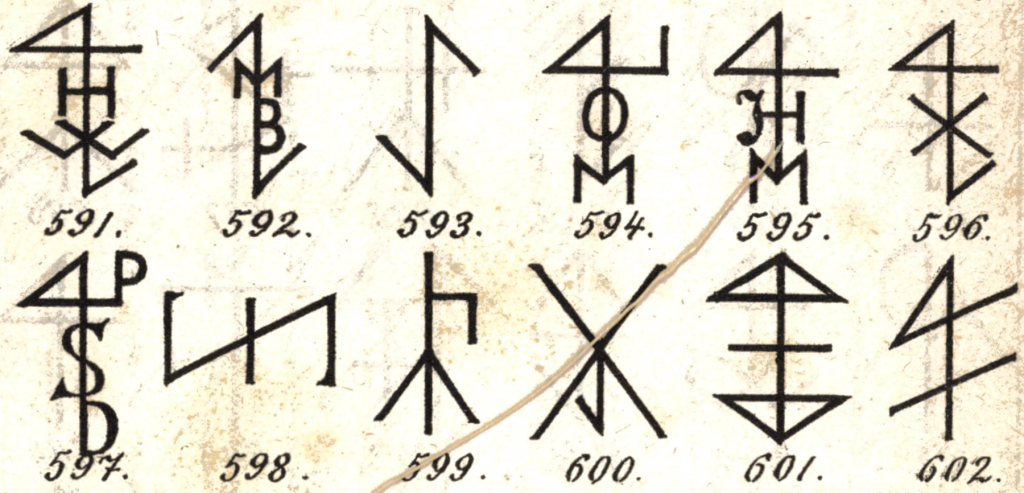
Comparing the grave symbols above to the “alphabet” of the Anglo-Saxon runes of the 5th to 11th centuries, excessive imagination is not required to see the origins of these German marks. The characters are collectively called the futhorc (ᚠᚢᚦᚩᚱᚳ = fuþorc) from the Old English sound values of the first six runes.
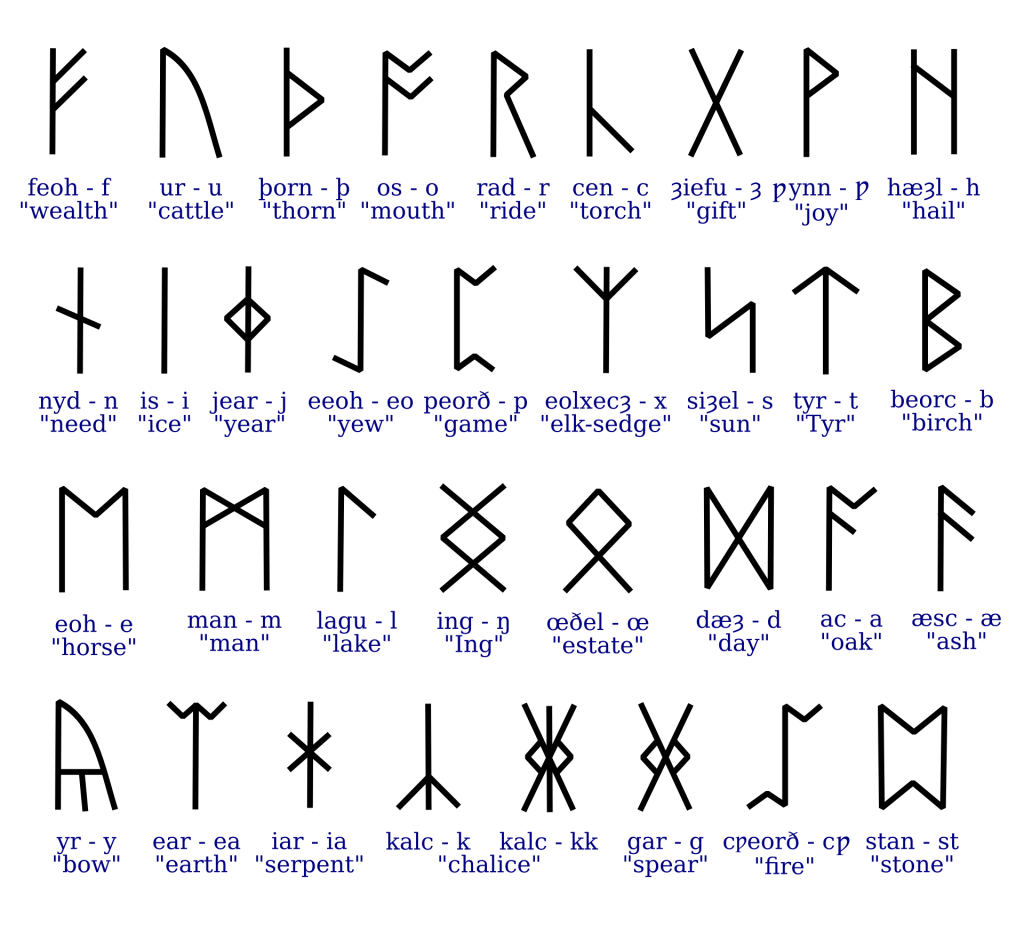
It would be an interesting project to delve deeper into the meanings of the symbols on the gravestones. Interest in Viking Runes is growing, and there are equal amounts of fantasy and fact in the literature on this topic. Nonetheless, the connection between these grave inscriptions around Bremen, and their origins in old Norse Binderunen, is academically proven [Poppe, 1. below].
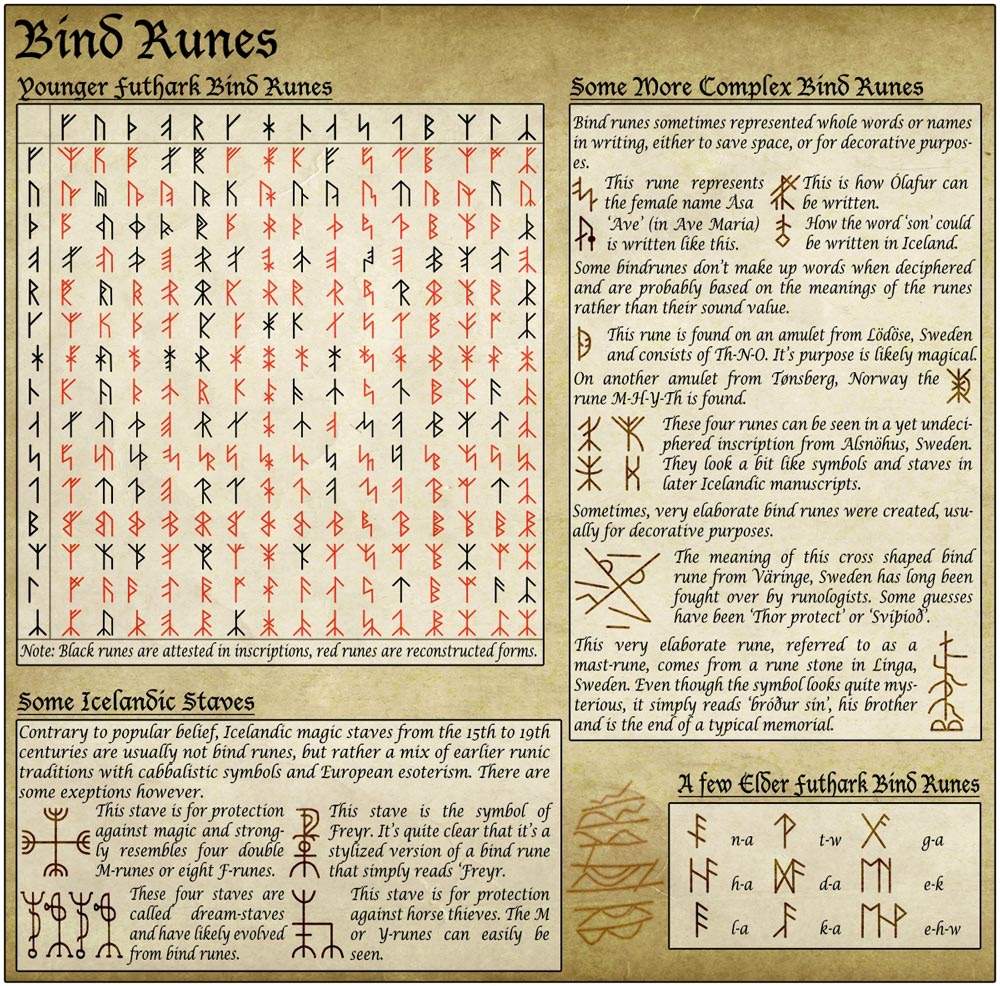
As the centuries progressed, the marks deviated from their Runic origins, and additional symbols were introduced, as well as the Roman letters of our present-day alphabet. In turn, as more people became literate, the full written name became a persons signature in legal documents and wills, replacing the symoblic representation. By the end of the 19th century, few of these marks remained in use around Bremen.
Sources
1. Albrecht Poppe, "Die Hausmarken Bremens und des Unter-Weser Gebiets", Bremisches Jahrbuch 1872 [>]
2. "Ist das Handgemal von Berend Schrör unter einem Testamente von 1641" (Test. Buch V., 401) (E) [>]
3. "Arbergen, Taufen, Heiraten, Tote u Konfirmanden 1715-1845", Ancestry.com [>]
4. Carl Gustav Homeyer, Die Haus- und Hofmarken, 1870 [>]
